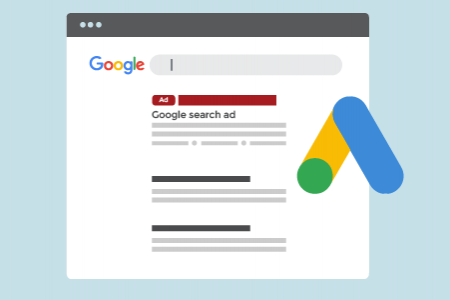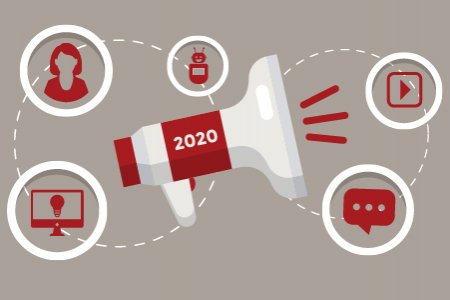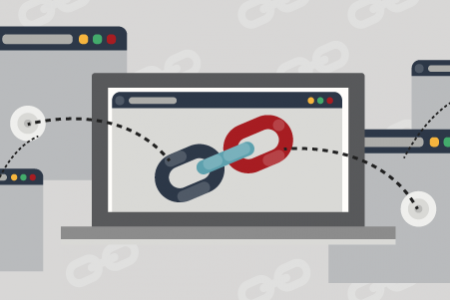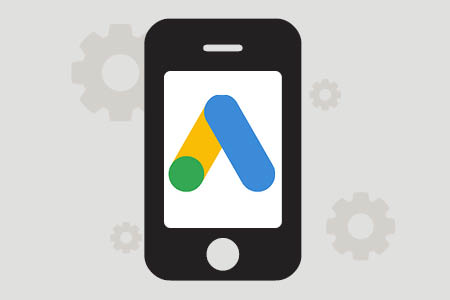We aim to respond to all messages within 1 business day. You'll be hearing from us soon!
In the meantime, perhaps you'd like to learn more...
How Accurate is Your Attribution Modelling?
Integral to a company’s digital marketing budget, attribution modelling is key to crediting conversions and maximising ROI. Unfortunately, failure to accurately understand each marketing channel’s role in attracting a lead or sale can result in a seemingly poor-performing channel being cut, when in fact it simply isn’t being attributed the credit it deserves.
According to Salesforce, it takes six to eight touches to generate a viable sales lead. And 60% of the sales cycle is over before a buyer talks to your salesperson. The notion that a user does a search for your product or service in Google, clicks on your ad or organic result, comes to your site and buys your product is out-of-touch with reality.
In this post we’ll warn you of the major attribution pitfalls and educate you in how to correctly apply credit where credit’s due.
What is attribution?
Not-so-simply put, attribution modelling is how credit for conversions is allocated to touchpoints in a customer’s conversion path. The amount of credit a certain touchpoint gets helps you decide how many advertising dollars to invest in it next month.
Again, in English we hear you ask. Here’s a glossary of the above:
- A conversion can be any desired outcome: e.g. a sale, a newsletter sign-up, lead capture by having the user populate a form, or even a landing page visit.
- Touchpoints are where the customer has seen your message and taken some action on it. They are marketing channels like social media, an AdWords ad, or a click on your link in the Organic search results.
- The conversion path or ‘customer journey’ is how the customer navigated their way to the conversion. They may have performed a Google search on Monday, clicked on an AdWords ad and visited your site, then left; then on Tuesday they clicked on your website link on another website and containing a product review of your product. On Wednesday they performed a brand specific keyword search, saw your brand in the organic search results, clicked on it and came to your site at which point they bookmarked the page. Finally, on Friday they visited your site via their bookmarked link and made a purchase. This conversion path represents a funnel, with the conversion (purchase) at the bottom of the funnel and the first touchpoint (in this case the Google search) considered a ‘top of funnel’ activity.
Below is an example of a customer’s conversion
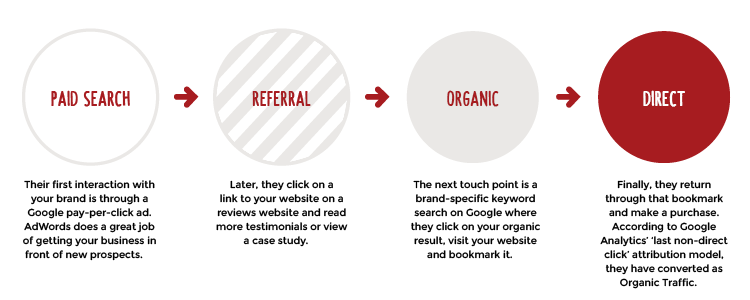
With Google Analytics being the default website statistics tool used by most websites, it’s important to understand how Google Analytics’ attribution model works. The default model within Google Analytics is ‘Last Non-Direct Click’ – a model that ignores direct traffic and attributes 100% of the conversion value to the last channel that the customer clicked through from before buying or converting.
Using the example above, Google Analytics would allocate the total value of the conversion to the ‘Brand PPC ad’ (the ‘Last Non-Direct Click’), completely ignoring the role the ‘Display’ ad played as the initiator of the first touch point (top of funnel) and the ‘Generic PPC’ ad. As such, when it comes to reviewing the performance of the Display campaign you may (incorrectly) be led to assume that it didn’t perform well and decide to stop investing in Display ads, thus cutting off the top of your funnel.
Is your attribution model making, or costing you money?
Things get more complex when we consider just some of the numerous attribution models businesses can use:
- Last click – reports what touchpoint came immediately before conversion
- Last non-direct click – ignores direct conversions if they are the last click, and gives credit to the previous interaction
- Linear – awards credit evenly to all touchpoints in conversion path
- Position based – gives credit to touchpoints depending on where they are positioned in path
- Time decay – attributes success based on how long before the conversion each touchpoint occurred
‘Last click’ gives all the credit to the touchpoint that comes directly before the conversion, regardless of what real-world impact any top of funnel activities may have had.
This outdated but all-too-commonly used model can lead you up the garden path, costing you money. The falsely reported CPA (cost per acquisition) persuades trusting parties to invest more heavily in the last click touchpoint, despite the customer being influenced (in some instances more heavily) by other channels further up the conversion path funnel.
It’s a case of asking yourself, is your attribution modelling putting your digital marketing eggs in the right basket(s)?
How to choose the attribution model that will maximise your ROI?
Here at Apex Digital we’re dedicated to achieving the best ROI for our digital marketing clients. Our digital marketing specialists attend Google Partners Master Class conferences to stay on the cutting edge of attribution tools and technology. Google is focused on making great strides in attribution and we’re hopeful that a new Google product (called ‘Google Attribution’) will soon be available to help site owners and marketers better understand and accredit value across devices and across channels to give a more complete view of the customer conversion journey.
We enjoy helping companies apply their marketing budget wisely through clever attribution. Today, we’ve only showed you a glimpse of the gritty topic that is attribution. Contact us here to drill deeper and learn how we can help you put your eggs in the right baskets.
Written by Mark Vassiliou
Mark is the Manager of Digital Marketing at Apex and has worked in the digital marketing industry since 2004. Prior to joining Apex he worked in a variety of traditional marketing roles in both the corporate and SME environment in NZ and abroad, but these days much prefers the tangible measurability and transparency of digital marketing.Related posts
AWESOME! LET'S GET STARTED
TELL US HOW WE CAN HELP
We aim to respond to all messages within 1 business day. You'll be hearing from us soon!
In the meantime, perhaps you'd like to learn more...



